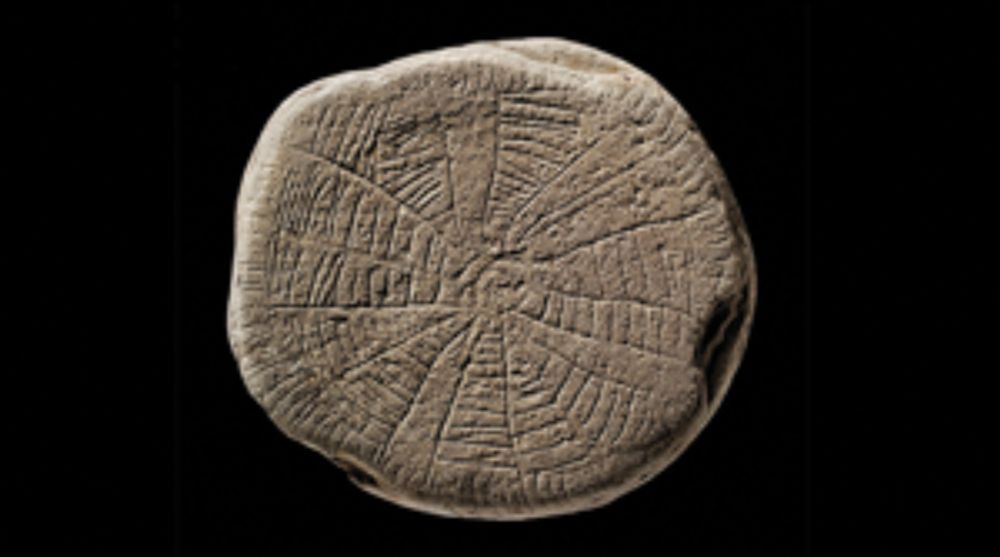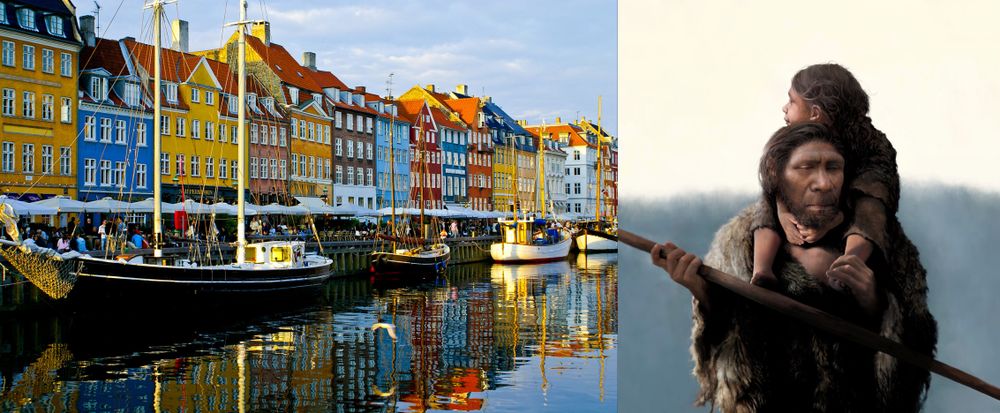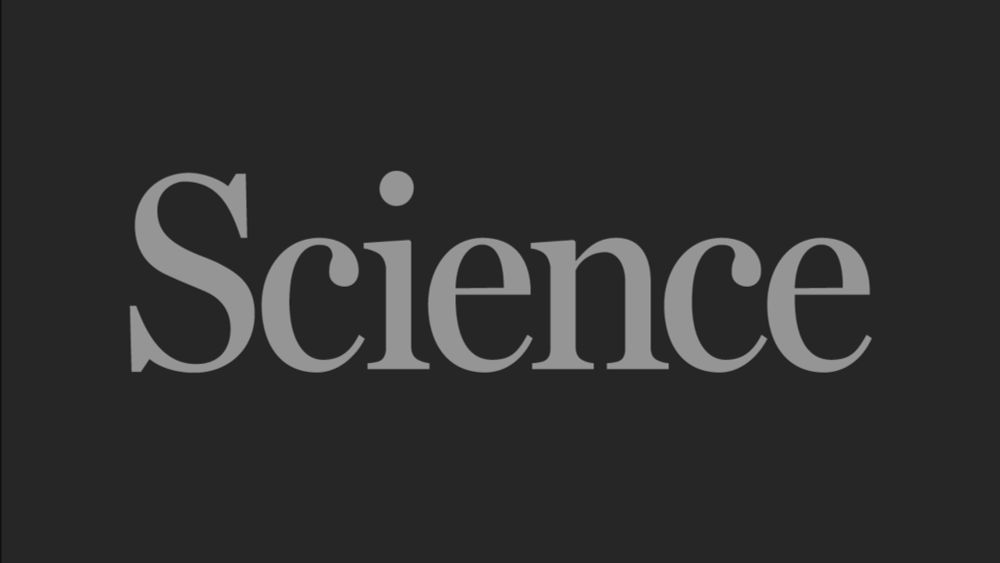Ireland’s neolithic passage tombs were not just the burial place of the elite – new research theconversation.com/irelands-neo...

Ireland’s neolithic passage tombs were not just the burial place of the elite – new research theconversation.com/irelands-neo...
Thank you for choosing Twist to support this research! 🧬

Thank you for choosing Twist to support this research! 🧬
📚 cup.org/3E7yFc6

📚 cup.org/3E7yFc6

www.nature.com/articles/s41...

www.nature.com/articles/s41...
Here 👇 we studied how Atlantic cod 🐟 was commercialised in Scandinavia from the 11th to 17th centuries. 🧬⚛️ #aDNA #genomics #isotopes
royalsocietypublishing.org/doi/10.1098/...

Here 👇 we studied how Atlantic cod 🐟 was commercialised in Scandinavia from the 11th to 17th centuries. 🧬⚛️ #aDNA #genomics #isotopes
royalsocietypublishing.org/doi/10.1098/...

www.biorxiv.org/content/10.1...

www.biorxiv.org/content/10.1...
#Archaeology #Prehistory
www.cambridge.org/core/journal...

#Archaeology #Prehistory
www.cambridge.org/core/journal...
Ancient sedimentary DNA shows more than 5000 years of continuous beaver occupancy in Grand Teton National Park
www.biorxiv.org/content/10.1...

Ancient sedimentary DNA shows more than 5000 years of continuous beaver occupancy in Grand Teton National Park
www.biorxiv.org/content/10.1...
www.cell.com/cell/fulltex...

www.cell.com/cell/fulltex...


Link for application:
candidate.hr-manager.net/ApplicationI...

Link for application:
candidate.hr-manager.net/ApplicationI...
www.nature.com/articles/s41...

www.nature.com/articles/s41...


🧪🏺⚒️
🧪🏺⚒️


